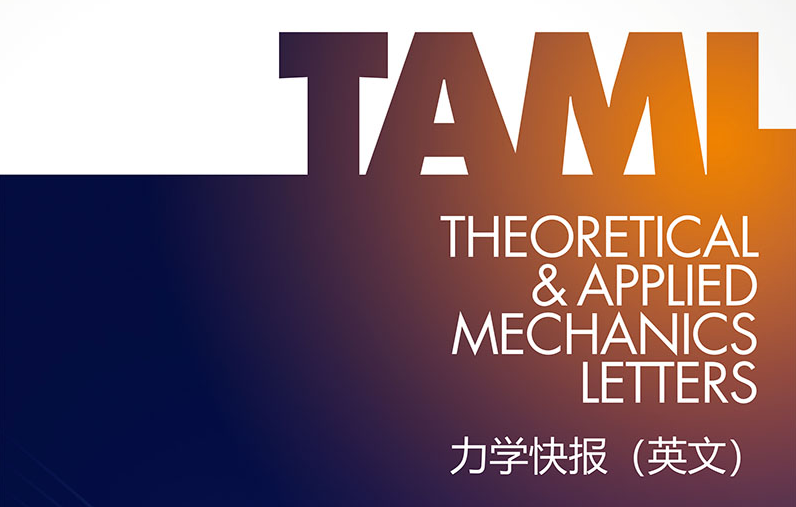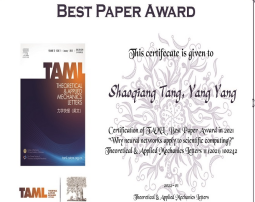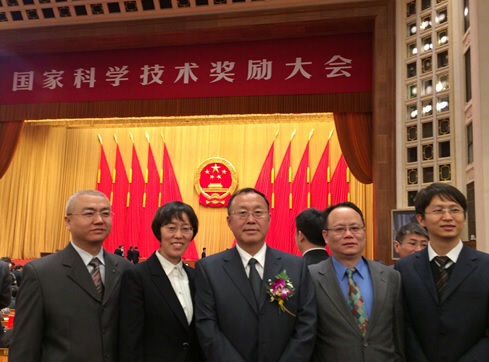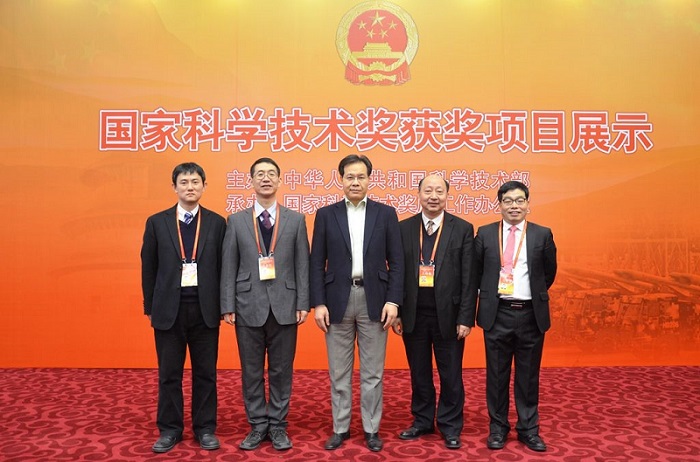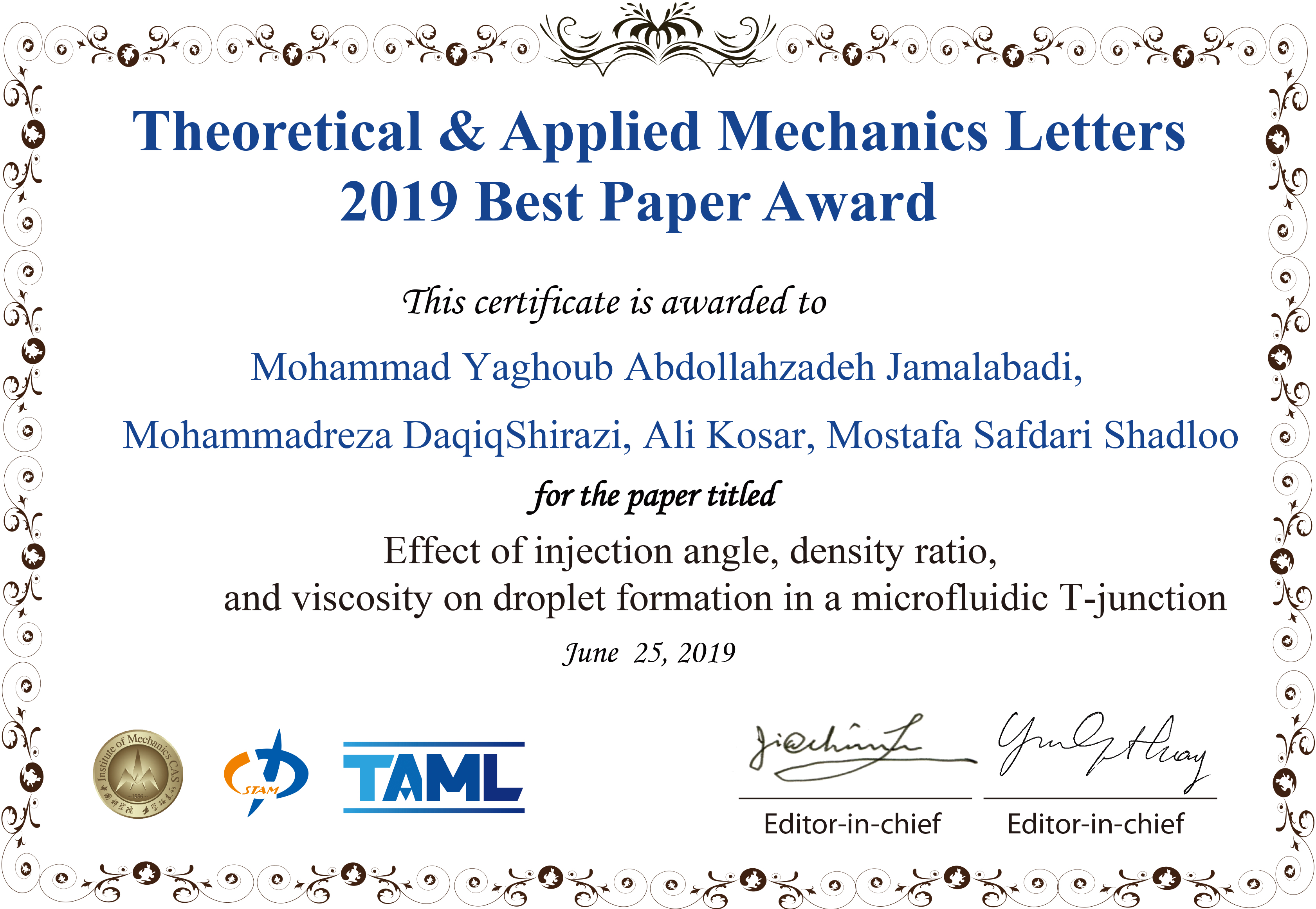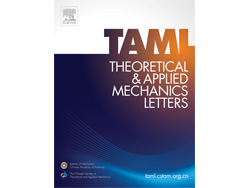With the rapid development of artificial general intelligence, machine-learning (ML) and data-driven techniques have been widely applied in scientific research. For instance, ML potentials can systematically “learn” how atoms interact from a statistical model that relies on a massive dataset, offering high accuracy and efficiency for atomistic simulations. ML methods are applied in analysing and diagnosing experimental d-ata. As the Mechanics enters a stage of cross integration, the research on the behaviours of materials (e.g., low-dimensional materials, soft matter, metamaterials, biological materials) becomes promising but chall-enging. This special issue provides a platform to communicate advances on this exciting topic.
Guest editors:

Prof. Xinghua Shi, PhD
National Center for Nanoscience and Technology, China
(Modelling and simulation, development of machine learning interatomic potential);

Prof. Zhiping Xu, PhD
School of Aerospace Engineering, Tsinghua University
(Mechanics of materials, structural integrity, nanotechnology);

Prof. Zhuhua Zhang, PhD
Key Laboratory for Intelligent Nano Materials and Devices of Ministry of Education, and Institute for Frontier Science, Nanjing University of Aeronautics and Astronautics, China
(Nanoscale physical mechanics, modelling and simulation, low-dimensional nanomaterials)
Manuscript submission information:
Authors are encouraged to submit manuscripts online to the journal Theoretical and Applied Mechanics Letters through the Editorial Manager System link:
https://www.editorialmanager.com/taml/default2.aspx
When submitting your manuscript please choose the special issue “VSI: X-Mechanics Meets Data” from the choice of submission types. The manuscript will go through the regular peer review process before being accepted.
The submission is open from now to 30-September-2023;
The deadline for acceptance is 30-November-2023.
Please visit the journal website for additional notes for the authors: https://www.elsevier.com/journals/theoretical-and-applied-mechanics-letters/2095-0349/guide-for-auth
Keywords:
Machine-learning methods, interatomic potentials, data-driven techniques, mechanical properties, constitutive theories, patterns in mechanics of materials, materials design
Why publish in this Special Issue?
-
Special Issue articles are published together on ScienceDirect, making it incredibly easy for other researchers to discover your work.
-
Special content articles are downloaded on ScienceDirect twice as often within the first 24 months than articles published in regular issues.
-
Special content articles attract 20% more citations in the first 24 months than articles published in regular issues.
-
All articles in this special issue will be reviewed by no fewer than two independent experts to ensure the quality, originality and novelty of the work published.
Learn more about the benefits of publishing in a special issue: https://www.elsevier.com/authors/submit-your-paper/special-issues
Interested in becoming a guest editor? Discover the benefits of guest editing a special issue and the valuable contribution that you can make to your field: https://www.elsevier.com/editors/role-of-an-editor/guest-editors







 Submit a Paper
Submit a Paper

